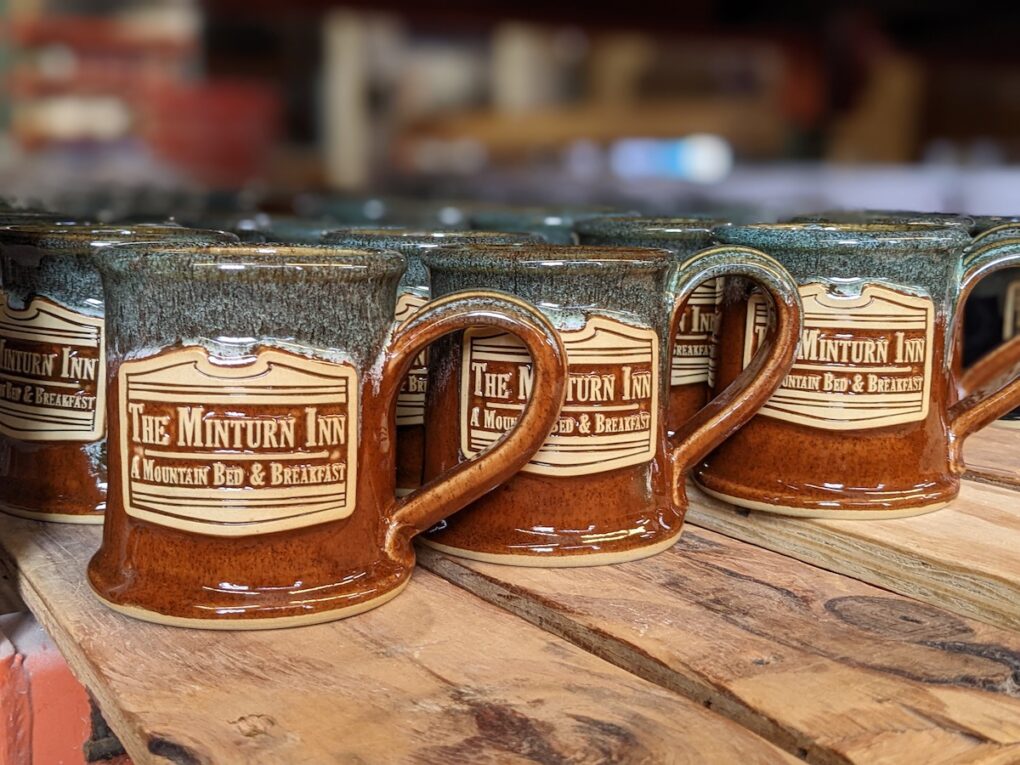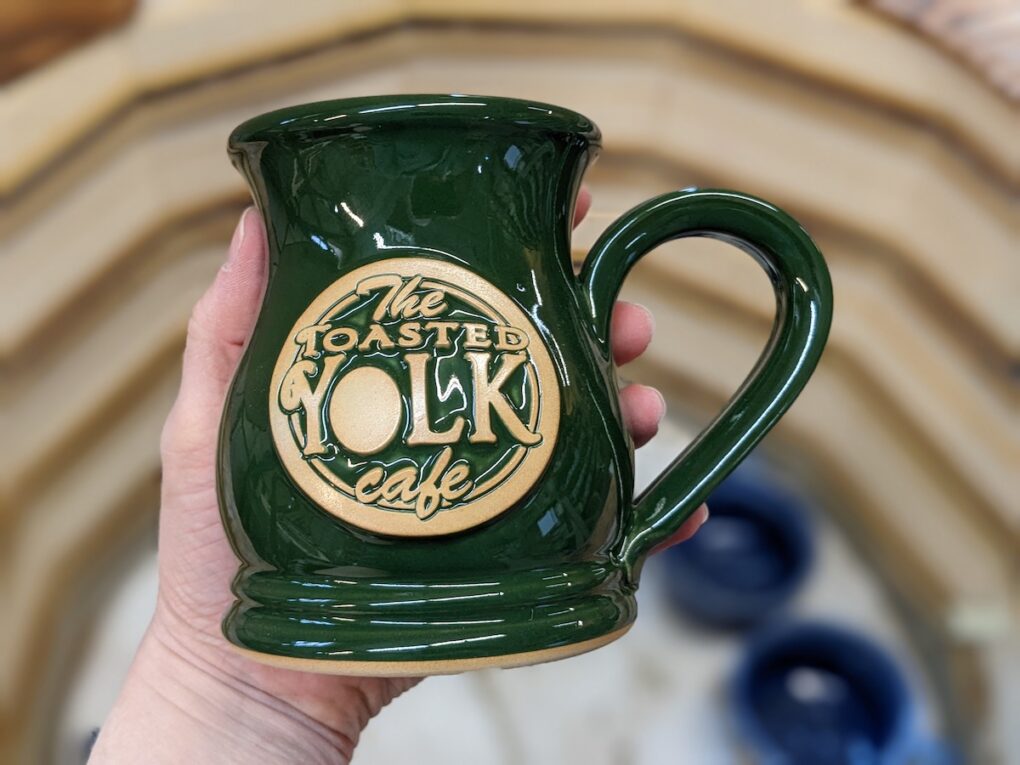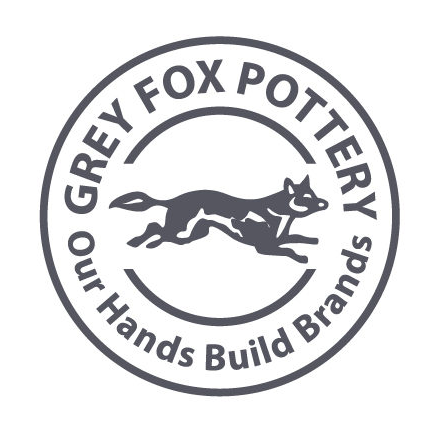One of the biggest factors that impact a customer’s buying decisions is the price.
In recent years, pricing merchandise has become a challenge for small businesses. With online shopping, there is a lot of competition in the market.
Your pricing model can help you stand out against that competition.
To do so, you need to have the right pricing strategy for small businesses. If you price too high, you’ll lose business to your competitors. If you price too low, you won’t turn a profit.
To help you determine the pricing for your custom ceramics, here are some small business pricing models to consider.

Figures You Need To Determine Pricing
No matter what pricing model you decide is best for your business, there are some figures you will need to calculate. These figures are the base of every formula that you will use to price your goods.
First is the wholesale price, which is the wholesale cost per good. Keep in mind that wholesale prices go down with increased purchase quantities. This will help you formulate dynamic pricing that can reflect this cost.
The second is the Cost of Goods Sold (COGS). There are more costs in running a retail business than just the direct wholesale costs. COGS includes:
- Labor
- Operational overhead
- Packaging
- Shipping
- Marketing
These are your costs and they include both fixed and variable costs.
The final figure you need to know is your break-even point. To calculate your break-even point you need:
- Your fixed costs
- Your variable costs
- Price per unit
The formula you will use is:
Fixed costs / (Price per unit – Variable costs per unit) = Break-even point
Every price model you test, you will weigh against your break-even point. This will ensure that you are not only covering your costs, but you are making a profit.
Pricing Models To Consider For Your Small Business
No one pricing model works for all businesses. So it’s a good idea to stay flexible and consider all your pricing options. That way you can develop the price strategy that best suits your business model, products, and market.
1. Manufacturer’s Suggested Retail Price (MSRP)
The concept behind the MSRP is to standardize pricing among retailers for certain goods. When you purchase a wholesale item, a MSRP may be included.
The MSRP is a cost-based pricing model that factors in the cost of production, profit for both the retailer and wholesaler and the market threshold.
This is the simplest pricing model.
The only downside is that competitors selling similar products use the same price, so you miss out on having price as a competitive advantage.

2. Cost-Plus Pricing
Cost-plus pricing is another straightforward pricing strategy for small businesses. You simply determine a percentage on top of the wholesale price to be your profit margin.
Start by taking your COGS and determine your markup percentage. Then you’ll simply use the following formula to determine the price:
Cost + Markup Percentage = Price
The biggest benefit of the cost-plus pricing strategy is that your returns will be consistent. That will make predicting revenue, cash flow, and other financial processes simpler. The downside is that it does not factor in the market conditions at all.
3. Competitive Pricing
Competitive pricing is a strategy that uses competitors’ prices at the baseline, rather than COGS or MSRP.
With competitive pricing, the goal is to always price lower than your competition. You will simply research your direct competitors and price lower.
The upside of this pricing model is it is highly competitive and can position you as a market leader.
The downside is that you will have lower profit margins.
This model is also not the best for every product because in some cases, low price point is associated with low quality. If quality is a key selling point of the product, you will lose out on sales.
There are many other ways to beat the competition beyond pricing. Check out our blog “How to Zig When They Zag – Merchandising With Flair” for some helpful ideas.
4. Dynamic Pricing
Dynamic pricing is an easier model for ecommerce retailers than brick-and-mortar stores. However, both can successfully use this pricing strategy for a small business.
Dynamic pricing is when a business adjusts its pricing to meet market conditions. In most cases, dynamic pricing relies on software that uses complex algorithms to consider all market factors like competition, demand, and things like holidays.
This model’s biggest benefit is that by automating the pricing model, they can maximize profits. The downside is that it is complex to implement. This article from Competera does an excellent job of explaining how this model works.

Pricing Upscale, Luxury, And Handmade Items
Upscale, luxury, and handmade items have both a higher intrinsic and a higher perceived value.
With these types of products, you will want to price them higher. That is because the quality associated with these products is higher and the price should reflect the quality.
For these items, you will want to consider a prestige pricing model. Prestige pricing is a premium pricing model that simply uses a higher profit margin applied to the MSRP.
However, prestige pricing only works if there is a robust marketing strategy behind it.
Marketing is necessary to communicate to customers why these items are priced higher.
We highly recommend reading this comprehensive overview from Hubspot if you are considering developing prestige pricing. It has a ton of tips on how to develop the marketing materials needed to support this pricing model.
The biggest benefit of prestige pricing is you will enjoy higher profit margins. The downside is that it is less straightforward than the other models.
Your pricing strategy for a small business has an impact on your success. So does the quality of the products you are selling. The higher the quality, the more likely customers will want to purchase regardless of price.
Check our customer gallery to see the high quality of our ceramic products like custom mugs, branded beer steins, and stoneware. They are affordable enough to work with any pricing model, but are high enough quality to use prestige pricing.
